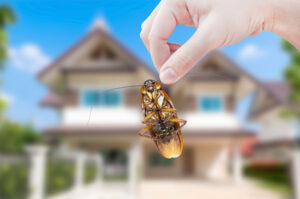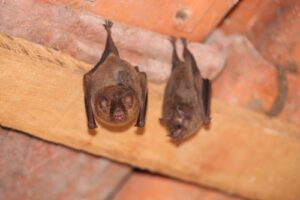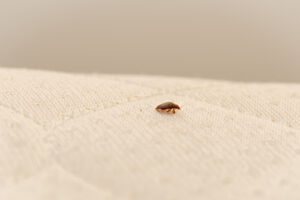There’s a lot to admire about bees.
They’re fascinating, hardworking creatures, and we have them to thank for 30 percent of the world’s food crops. Apples, citrus fruits, berries, carrots and a host of other foods would cease to exist without bees.
Have you ever wondered where bees go in the winter? That depends on the bee.
Honeybees
Honeybees hibernate through the winter. The closely knit colony retreats to the nest when temperatures drop.
Inside, the ranks of bees gather in the innermost chamber of the hive and surround the queen to keep her warm. Worker bees continually stay in motion and flutter their wings to keep the hive warm. Workers have a remarkably organized and fair system of taking turns inside the center of the cluster so that no one freezes to death. The temperature inside the cluster reaches about 80 degrees.
Honeybees rely on honey for the sustenance and energy to keep them in motion through the long winter. If they don’t have honey, they can’t flutter their wings. Beekeepers stay busy restocking the honey supply. According to some studies, a colony consumes around 30 pounds of stored honey over the winter months.
Bumblebees
Unlike honeybees, bumblebees don’t maintain colonies in the winter.
Instead, the queens mate in late summer before their colonies die off. Then, each queen finds a sheltered spot that’s just big enough for her. It’s typically a hole in the ground that’s 5 to 15 centimeters deep.
The queen settles in and hibernates by herself until spring, saving her energy for egg-laying. Her body produces a chemical called glycerol that keeps her warm. In the spring, she sets out to find a suitable place to nest and produce a new generation.
Queen bees are famously picky, and they frequently explore several nesting sites before making a decision. Once the queen has fixed on a home, she stores up honey and collects pollen.
You may be surprised to learn that bumblebees, like hens, lay their eggs and sit on them. The first batch of new bees, conveniently, are workers. They quickly relieve their mother of her foraging and nest-building chores so that she can focus solely on laying eggs. The last batch of eggs in late summer will contain new queens and drones that mate almost immediately. When the cold weather hits, the workers and drones start dying off. Each queen sets out to find a spot for hibernation, and the cycle starts all over again.
A Job for the Experts
Homeowners should never try to eliminate bees. Most do-it-yourself methods are unhealthy for families and the environment. A bee sting in someone who is allergic could be harmful or even fatal. Hive removal and relocation is a dangerous job that only a highly skilled expert should tackle.
Call Advantage Termite and Pest Control today. We provide safe, effective solutions for bees and other pests.












